European Commission’s reckless move risks derailing water protections
PRESS RELEASE – Brussels, 4th December 2025.
In a shocking turn for Europe’s environment, the European Commission has committed to reviewing and revising the Water Framework Directive by the second quarter of 2026 under the RESourceEU Action Plan, in order to promote “access to critical raw materials in the EU”. This is an extremely worrying move, as such revision threatens to bring down European water standards.
Commenting on the Commission’s decision, the Living Rivers Europe coalition, said: “This is a very reckless decision: it will open the floodgates to further contamination of our waters and accelerate the destruction of our rivers, wetlands and wildlife. The Water Framework Directive is not just any law, it is Europe’s frontline defence for clean, safe, and resilient water for millions of people. Dismantling its safeguards guts this protection, reducing it to a set of vague promises – leaving the future of our waters and wetland ecosystems at the mercy of powerful mining industry.”
The European Commission’s (EC) decision to revise the Water Framework Directive (WFD) is a concession to the metal and mining sectors. The Commission’s RESource EU Action Plan states that the WFD revision will help “promote access to critical raw materials in the EU”. The timing is striking: it comes just a week after EuroMines (EU’s biggest lobby for mining and metal industries) called on the EC to expand the use of derogations under the WFD and postpone deadlines.
Mining activities are no light touch on the local populations and nature. Beyond the human rights implications, mining leads to severe contamination of water with heavy metals from discharged mine effluent (liquid waste), which can severely harm wildlife and drinking water quality. Precious aquatic ecosystems should not suffer the consequences of industries’ endless drive for profit. Weakening the WFD safeguards to facilitate mining will reverse hard-won gains in water quality across the continent.
This move sets yet another dangerous precedent, allowing for hasty legislative changes without proper scrutiny. The fact that the Commission is already committed to revising the WFD without proper evaluation and better regulation steps is simply unacceptable. This strikes at the heart of the European project and undermines the trust of Europeans in the Commission’s commitment to protecting their future.
“The European Commission seems determined to find any possible way to derail environmental laws, almost as if on a mission. It beggars belief that the von der Leyen II Commission is deciding to do, without proper evidence, what the von der Leyen I Commission ruled out after thorough evaluation,” added the coalition.
Civil society organisations are urging the European Commission to properly evaluate whether the WFD needs revising, based on science and proper evidence and not on anecdotal evidence of a few polluting industries.
Notes to editors:
- Adopted 25 years ago, the WFD became the cornerstone of EU water protection. It sets legally binding standards to safeguard rivers, lakes, groundwater, and coastal waters.
- In 2019, the Commission concluded after a nearly two-year fitness check evaluation that the WFD was a modern and much needed law fit for our times and that it was required to be effectively implemented and enforced. Only two months ago, co-legislators already agreed on an update to the list of surface water pollutants under the WFD and introduced two new exemptions to the Directive to accommodate the requests of some industries.
- Living Rivers Europe, Industry’s role in water resilience: how some lead – and others wreck. Read here
- Living Rivers Europe, The EU Water Framework Directive: A modern and powerful tool to provide clean, healthy, flowing waters. Read here
- Living Rivers Europe, 13 myths about the Water Framework Directive. Read here
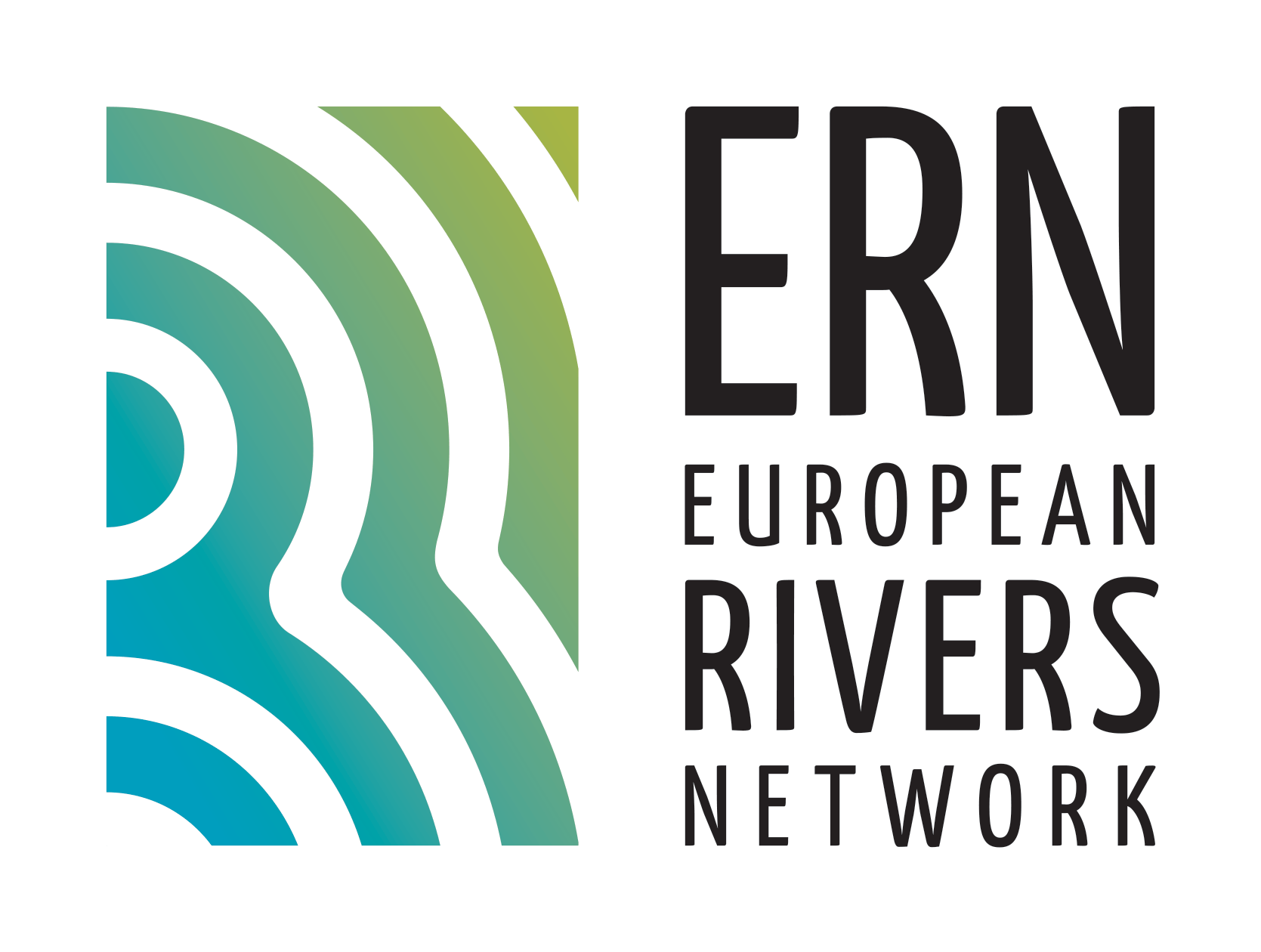
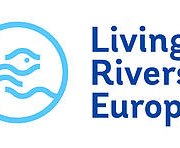
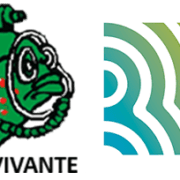

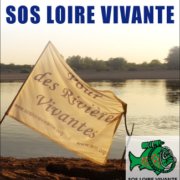
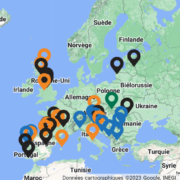
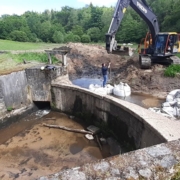
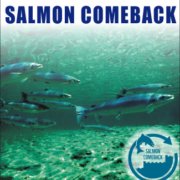
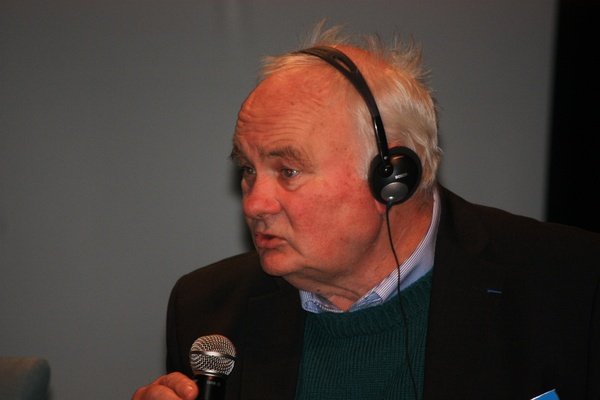
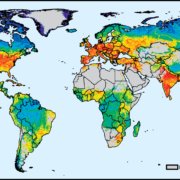
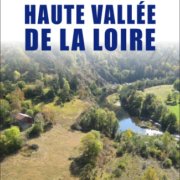
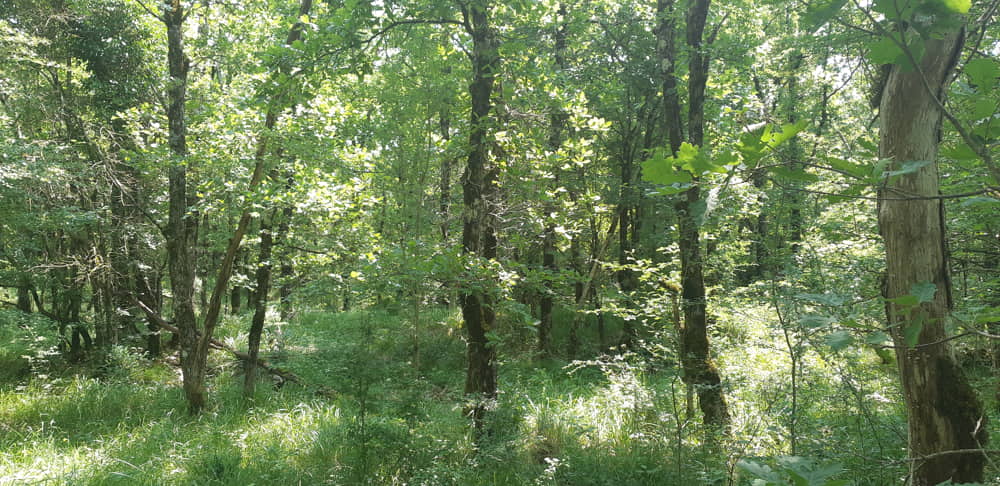
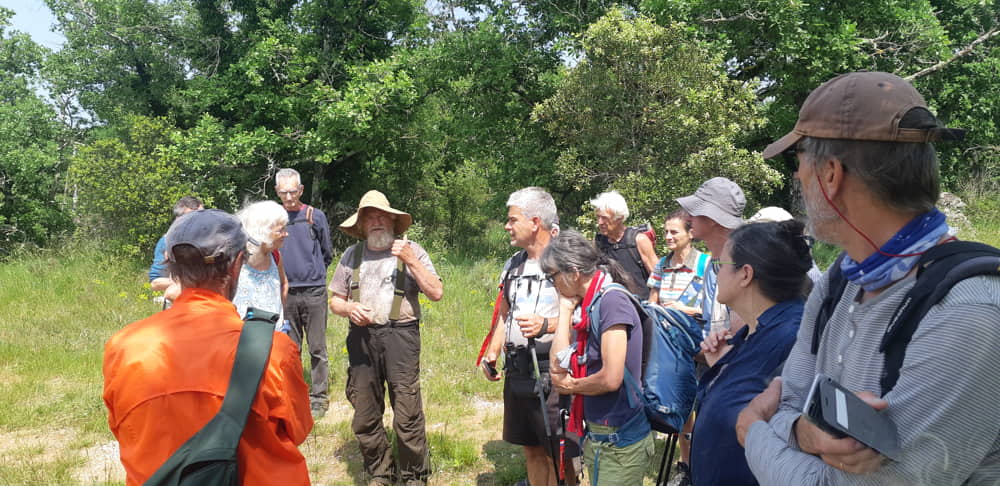
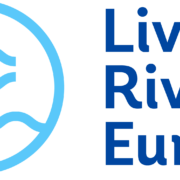
 ERN France
ERN France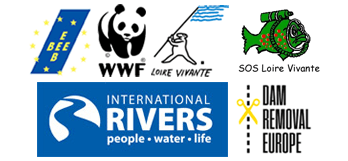 ERN is the official WWF Freshwater Partner in France and cooperates with WWF Switzerland, Austria, Netherlands and others
ERN is the official WWF Freshwater Partner in France and cooperates with WWF Switzerland, Austria, Netherlands and others
They argue these laws are too costly, hinder economic activity, and complicate permitting processes.
These claims are unfounded and put the Water Framework Directive (WFD) in jeopardy.
We’re urging Commissioner Jessika Roswall to safeguard the EU water acquis and reject ANY attempt to include the WFD in the upcoming simplification Omnibus package!
Europe’s water security depends on a fragile hydrological cycle – already destabilised by pollution, land use, over-abstraction, and climate change.
Protecting water means access to safe drinking water, safe rivers and healthy food production.
Strong water laws are essential. Weakening them is simply NOT an option.